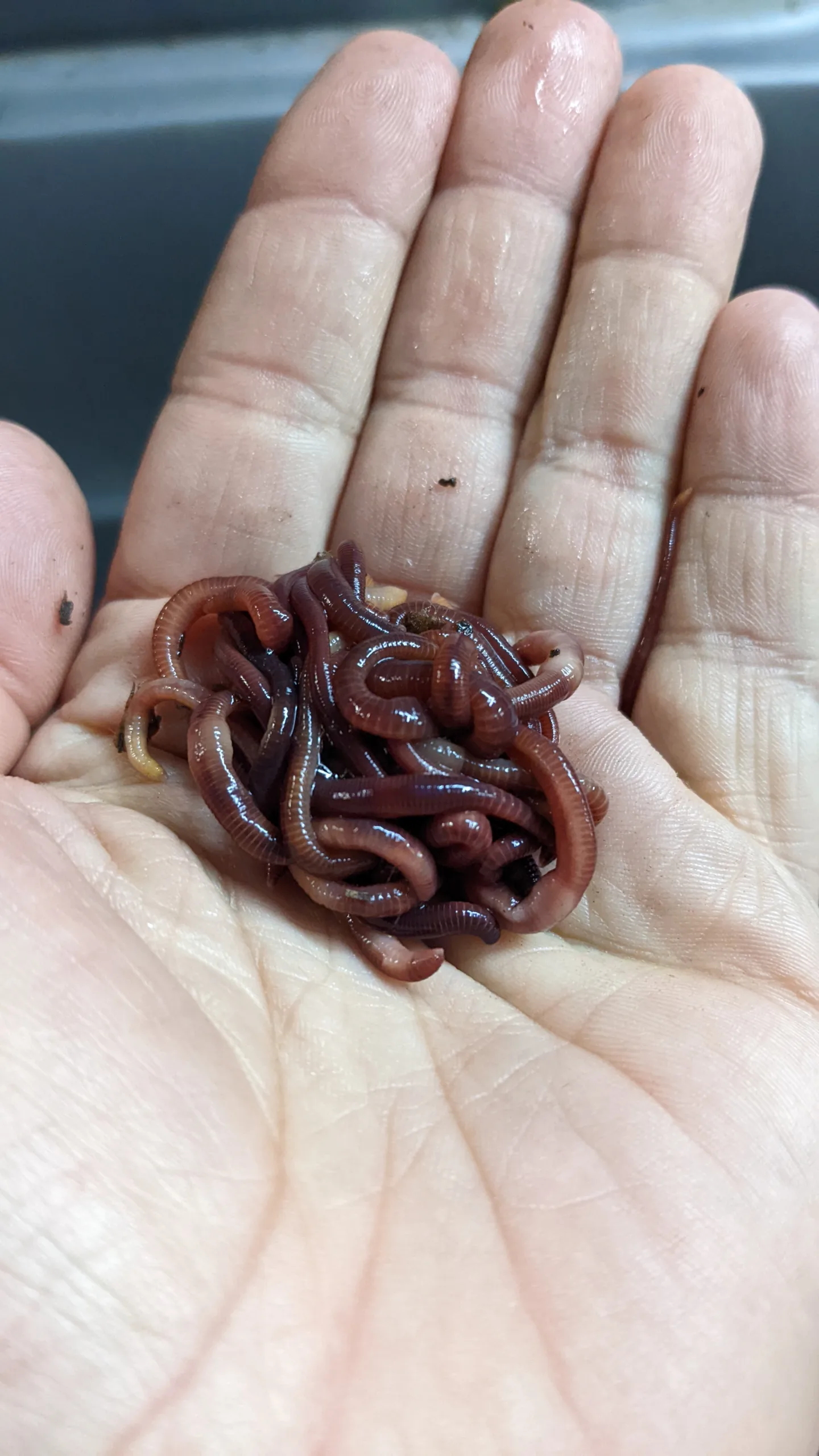More About Red Wiggler Express
More About Red Wiggler Express
Blog Article
10 Easy Facts About Red Wiggler Express Shown
Table of ContentsEverything about Red Wiggler Express6 Simple Techniques For Red Wiggler Express9 Easy Facts About Red Wiggler Express ShownSome Known Details About Red Wiggler Express
With the global push for sustainability and with environmentally friendly techniques growing in appeal, individuals are finally coming about and recognizing the ecological benefits of red wiggler worms and composting. In this write-up, we'll discuss exactly how vermicomposting sustains lasting horticulture and the environmental advantages of red wigglers and various other earthworms.
This is the except it. If you intend to review thorough concerning red shakes, we have an entire short article devoted to them here. Now, allow's enter into the nitty-gritty of how these worms support sustainable gardening techniques and benefit the setting: Worm composting is like a day spa day for your soil.
When integrated into your garden dirt, these spreadings improve its framework, oygenation, and water retention. This helps with plant development and wellness and does not call for using any chemicals. Did you understand that natural waste composes a significant portion of landfill product? And disintegrating natural waste in land fills develops large amounts of land fill gas (LFG), which is included around 50% carbon dioxide and 50% methane a greenhouse gas about 28 more effective than carbon dioxide.
By diverting your kitchen area scraps and lawn waste right into a worm composting container, you're efficiently lowering the amount of organic waste that ends up in landfills. Forget regarding chemical fertilizers worm spreadings are the real offer.
Some Known Incorrect Statements About Red Wiggler Express

Mix the nutrient-rich worm spreadings right into your yard soil or utilize them as a top clothing for potted plants. In a globe where sustainability is ending up being increasingly vital, red wigglers shine as unhonored heroes of gardening.
Composting may appear like old news, yet doing it with a bin complete of worms possibly does not. Red wiggler worms use terrific benefits to the natural garden enthusiast, generating both an all-natural fertilizer and an efficient pesticide.
Worm castings might be acquired at stores such as SBS in Vineyard Haven or Winery Gardens in West Tisbury, yet to increase the worms in a compost bed and harvest your own castings is a lot more enjoyable. The job of these worms is a component of sustainable living. Red wigglers are native to steed manure, where they burrow to lay eggs.
The 5-Minute Rule for Red Wiggler Express
(https://fire-directory.com/Red-Wiggler-Express_467862.html)They can't make a great deal of it." He covers the bin with straw, after that a piece of old rug. "They like the heat," he says. Lynn explains the production of spreadings and 2 usages: as a fertilizer and as a pesticide. "They absorb deteriorating issue. It goes through them and adds calcium to make this rich earth," she says.
"We call it golden tea," states Lynn. "I did it to see if it would make a difference on white flies and aphids. My rosemary had a mold or fungus. After I splashed, immediately it looked much better." The red wiggler is a vast dog breeder, laying eggs as often as once a week.
It takes 3 to five months for a baby worm to reach sex-related maturity and the grown-up size of 3 inches. Their life expectancy is four to 5 years unless of course they are used for bait. As freshwater fish lure, wigglers agonize on the hook and survive underwater longer than standard earthworms.

As one of the Epigeic course of compost worms, the typically does not show up in soils. Rather, it thrives within the soils of leaves clutter, manure, and breaking down greenery. The worm is red or reddish-brown in color and has a smooth, cylindrical form. The clitellum, or saddle-like reproductive gland, lies concerning two-thirds of the method down the worm's body.
A red wiggler worm can mature to 4 inches in size but is typically only regarding 2 and a fifty percent inches. The worm has a tiny mouth located at the front of its head. It additionally has small bristles, called setae, which help the worm move and anchor itself to surface areas.

Report this page